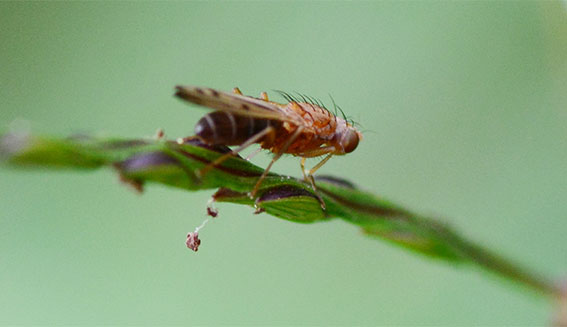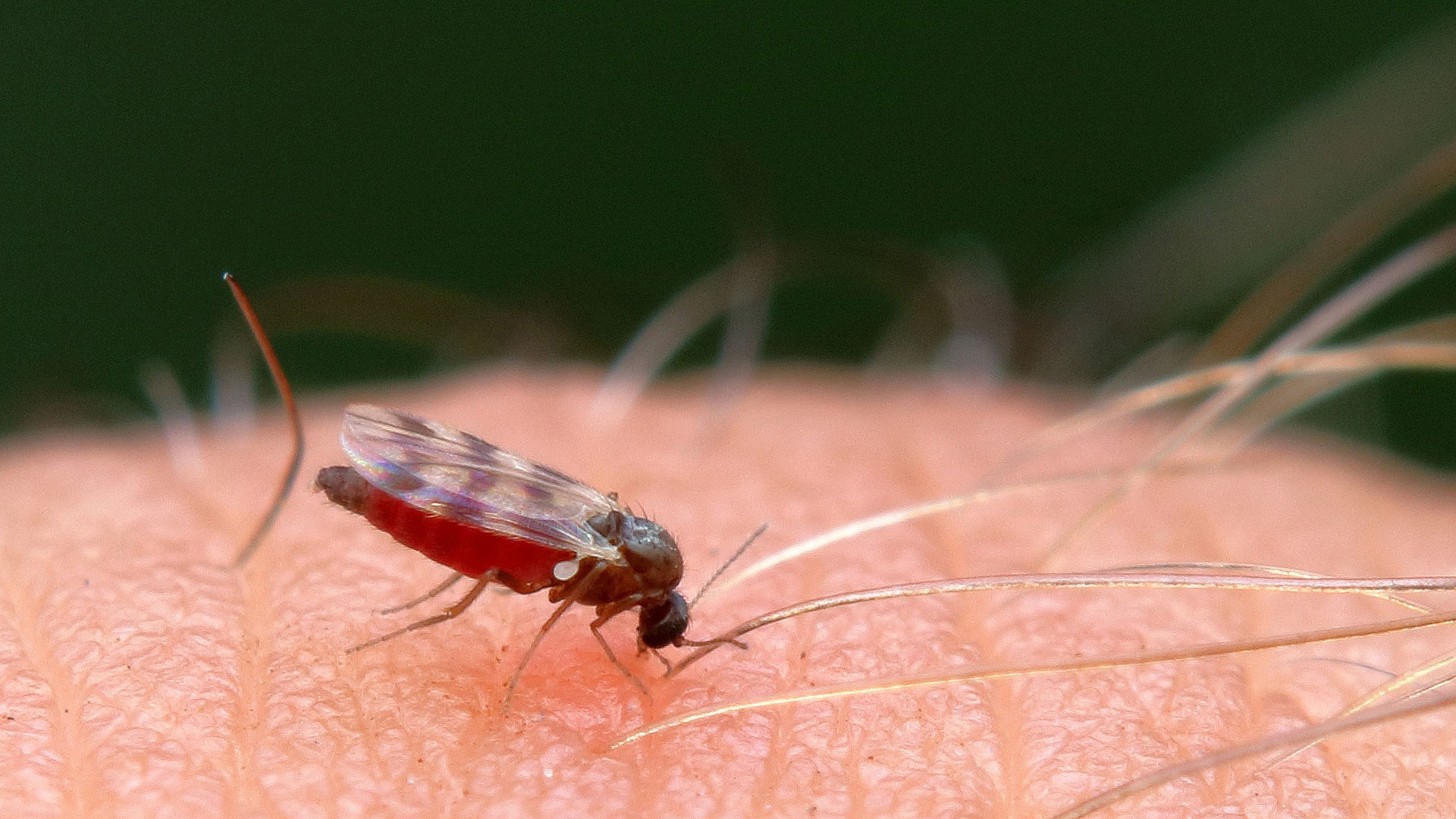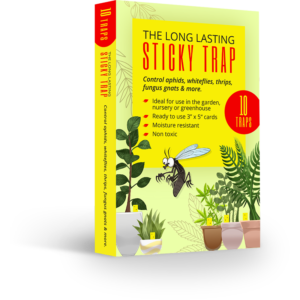Your cart is currently empty!
Damage
In residential settings, particularly houses built around lakes and ponds, adult midges often emerge in very large numbers, causing nuisance problems for people within the flight range of these insects. Swarms of adults may be so dense and annoying while people are doing their outdoor adventures. Also, they stain walls, cars, and other surfaces upon which they rest.





